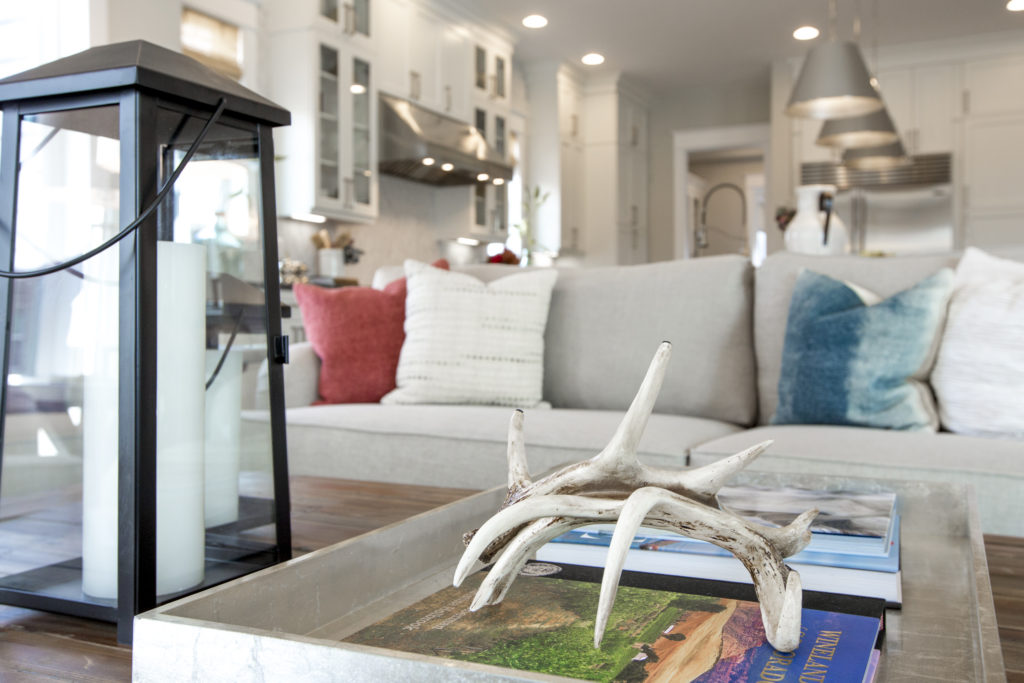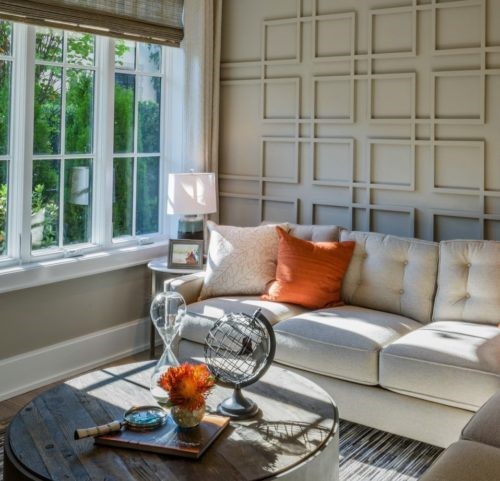Insight from the desk of Lita Dirks, an award-winning interior designer and merchandiser.
Throughout my career, I have been involved in designing and merchandising close to – actually, probably over – a bazillion model homes. And, while I approach every job with a clean slate, designing each home with the end user in mind, things can feel repetitive.
However, to be a successful designer and merchandiser and ensure that a prospective buyer finds that “special something” in the homes I design, I know I must give each design a unique quality. That uniqueness will help spark a lifestyle dream for the potential buyer, one where they instantly feel “at home.” This is especially important when designing multiple models within the same development, when the last thing you want is for every home to feel the same and have a buyer feel like they’re buying a cookie-cutter product, even if designs are different.
To create that lasting impression and the “I must live there” feeling, I employ the Third Layer Principle.
What is the Third Layer Principle?
The Third Layer Principle refers to creating the personality of a space and is truly the key to successful model merchandising. It consists of the little touches and identity elements that pull on the heart strings of a potential buyer. Using this principle, familiar vignettes are presented in such a way that reminds buyers of happy moments. Sometimes overlooked, there is a deep need for a potential buyer to find “identity” in the environment we present to them, especially in model homes.

Using Identity Elements to Invoke “Home”
Identity elements, or the design elements that trigger feelings of home and happiness, can be a variety of items. They might be a pet dish or a mug on a side table. Or, an umbrella in a stand or a frame with an “OpArt” design from the ‘60’s. Perhaps it’s sheet music on a piano, but not just any sheet music will do – it must speak to the buyer. Being whimsical – yet not cartoonish – is key.

For the 55+ buyer, it’s often about their desire to remain vibrant. They may have had an exciting past and want to continue living an exciting future. Therefore, in these types of models, we often include positive memories and present tons of “opportunities” for future adventures in the design. Elements like travel brochures and images of places that a buyer could have visited come in to play here. Identify elements should strive to be believable and likely within reach of potential buyers. Keep the dream possible.

Conversely, for the millennial buyer, it is often not about aspirations because millennials tend to think and live in the moment. We need to ask ourselves, what will move them? How can we provide the trigger for them to feel that very moment? Here is where an excess of experiences can be displayed. For example, the hike they did yesterday and the yoga they streamed that morning while their half-finished latte sat on the counter. I am not suggesting leaving dirty dishes lying around, but rather leave evidence of experiences throughout the model.

Further, striking the right balance is imperative. Too many elements can be unwanted and too “in your face,” turning off a prospective buyer.
Even with the millions and millions (and millions) of models to merchandise, no model home should blur together with another. The Third Layer Principle allows us as designers and merchandisers to create a unique space every time.
Post courtesy of Lita Dirks, CEO of Lita Dirks & Co., an interior design and merchandising firm based in Greenwood Village, Colo.
Follow Lita Dirks & Co. on Instagram, Facebook and LinkedIn for more inspiring interior design ideas.

